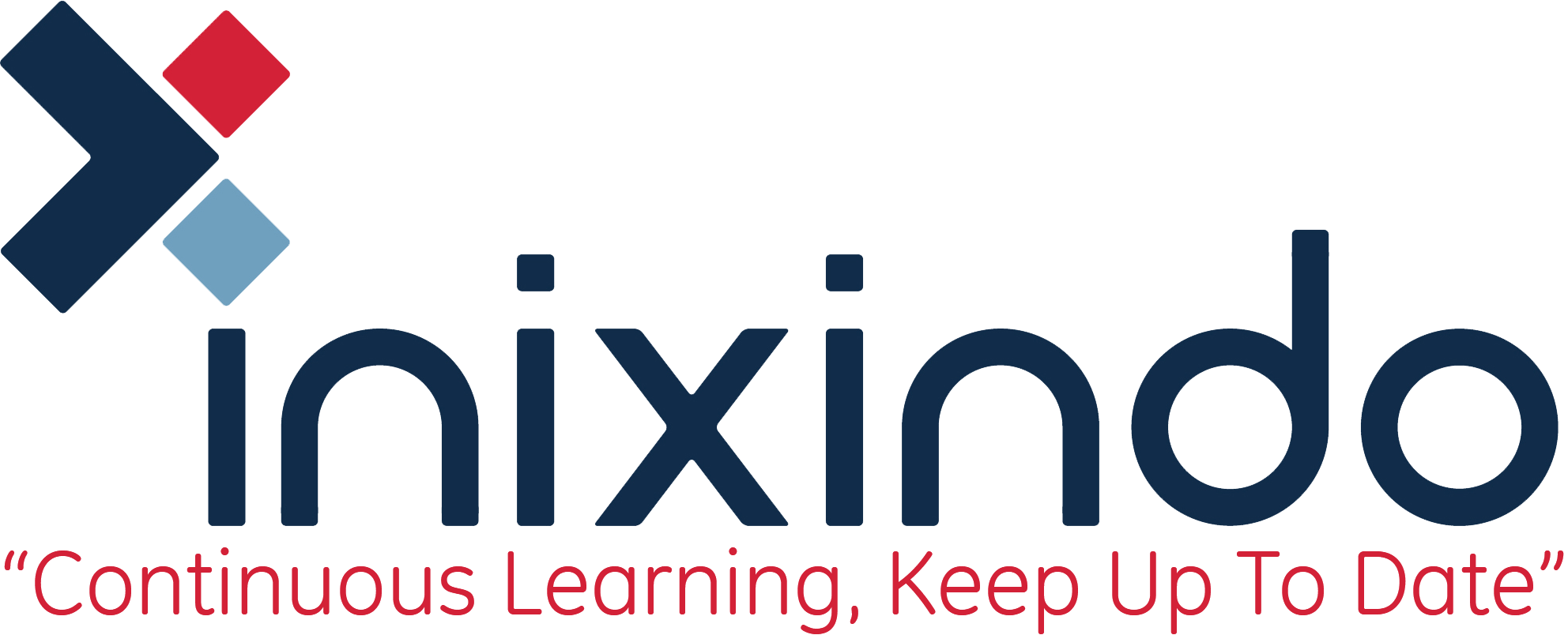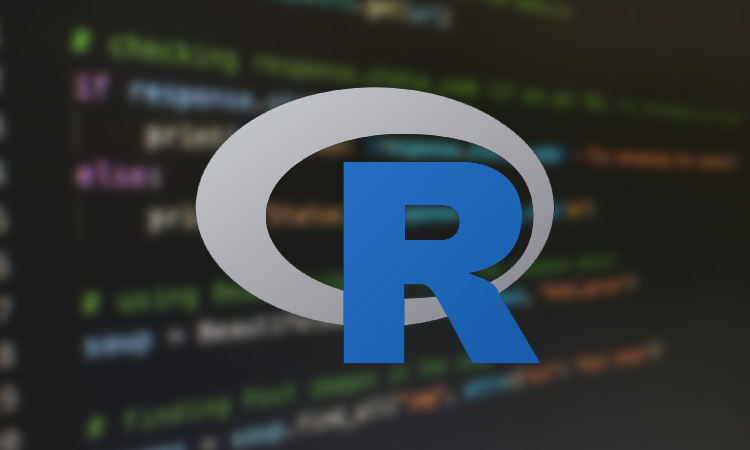R Programming for Data Science
In our data-driven world, organizations need the right tools to extract valuable insights from that data. The R programming language is one of the tools at the forefront of data science. Its robust set of packages and statistical functions makes it a powerful choice for analyzing data, manipulating data, performing statistical tests on data, and creating predictive models from data. Likewise, R is notable for its strong data visualization tools, enabling you to create high-quality graphs and plots that are incredibly customizable. This course will teach you the fundamentals of programming in R to get you started. It will also teach you how to use R to perform common data science tasks and achieve data-driven results for the business.
- Course Objectives
- Target Student
- Prerequisites
- Outline
In this course, you will use R to perform common data science tasks. You will:
• Set up an R development environment and execute simple code.
• Perform operations on atomic data types in R, including characters, numbers, and logicals.
• Perform operations on data structures in R, including vectors, lists, and data frames.
• Write conditional statements and loops.
• Structure code for reuse with functions and packages.
• Manage data by loading and saving datasets, manipulating data frames, and more.
• Analyze data through exploratory analysis, statistical analysis, and more.
• Create and format data visualizations using base R and ggplot2.
• Create simple statistical models from data.
This course is designed for students who want to learn the R programming language, particularly students who want to leverage R for data analysis and data science tasks in their organization. The course is also designed for students with an interest in applying
statistics to real-world problems.
A typical student in this course should have several years of experience with computing technology, along with a proficiency in at least one other programming language.
To ensure your success in this course, you should be comfortable with basic computer programming concepts, including but not limited to: syntax, data types, conditional statements, loops, and functions.
You should also have at least a high-level understanding of fundamental data science concepts, including but not limited to: data engineering, data analysis, data storage, data visualization, and statistics.
Lesson 1: Setting Up R and Executing Simple Code
• Set Up the R Development Environment
• Write R Statements
Lesson 2: Processing Atomic Data Types
• Process Characters
• Process Numbers
• Process Logicals
Lesson 3: Processing Data Structures
• Process Vectors
• Process Factors
• Process Data Frames
• Subset Data Structures
Lesson 4: Writing Conditional Statements and Loops
• Write Conditional Statements
• Write Loops
Lesson 5: Structuring Code for Reuse
• Define and Call Functions
• Apply Loop Functions
• Manage R Packages
Lesson 6: Managing Data in R
• Load Data
• Save Data
• Manipulate Data Frames Using Base R
• Manipulate Data Frames Using dplyr
• Handle Dates and Times
Lesson 7: Analyzing Data in R
• Examine Data
• Explore the Underlying Distribution of Data
• Identify Missing Values
Lesson 8: Visualizing Data in R
• Plot Data Using Base R Functions
• Plot Data Using ggplot2
• Format Plots in ggplot2
• Create Combination Plots
Lesson 9: Modeling Data in R
• Create Statistical Models in R
• Create Machine Learning Models in R


